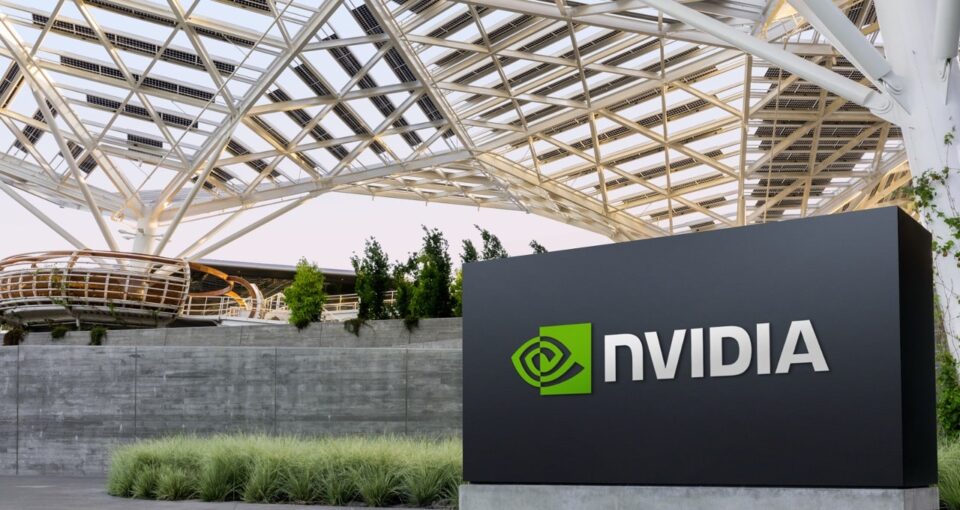
NVIDIA will join the U.S. Department of Energy’s (DOE) Genesis Mission as a private industry partner to keep… Read Article

NVIDIA will join the U.S. Department of Energy’s (DOE) Genesis Mission as a private industry partner to keep… Read Article
NVIDIA today announced it has acquired SchedMD — the leading developer of Slurm, an open-source workload management system for high-performance computing (HPC) and AI — to help strengthen the open-source… Read Article
In Las Vegas’s T-Mobile Arena, fans of the Golden Knights are getting more than just hockey — they’re getting a taste of the future. ADAM, a robot developed with NVIDIA… Read Article
Unveiling what it describes as the most capable model series yet for professional knowledge work, OpenAI launched GPT-5.2 today. The model was trained and deployed on NVIDIA infrastructure, including NVIDIA… Read Article
As the scale and complexity of AI infrastructure grows, data center operators need continuous visibility into factors including performance, temperature and power usage. These insights enable data center operators to… Read Article
The NVIDIA accelerated computing platform is leading supercomputing benchmarks once dominated by CPUs, enabling AI, science, business and computing efficiency worldwide. Moore’s Law has run its course, and parallel processing… Read Article
Researchers worldwide rely on open-source technologies as the foundation of their work. To equip the community with the latest advancements in digital and physical AI, NVIDIA is further expanding its… Read Article
Today, Microsoft, NVIDIA and Anthropic announced new strategic partnerships. Anthropic is scaling its rapidly growing Claude AI model on Microsoft Azure, powered by NVIDIA, which will broaden access to Claude… Read Article
At SC25, NVIDIA unveiled advances across NVIDIA BlueField DPUs, next-generation networking, quantum computing, national research, AI physics and more — as accelerated systems drive the next chapter in AI supercomputing…. Read Article